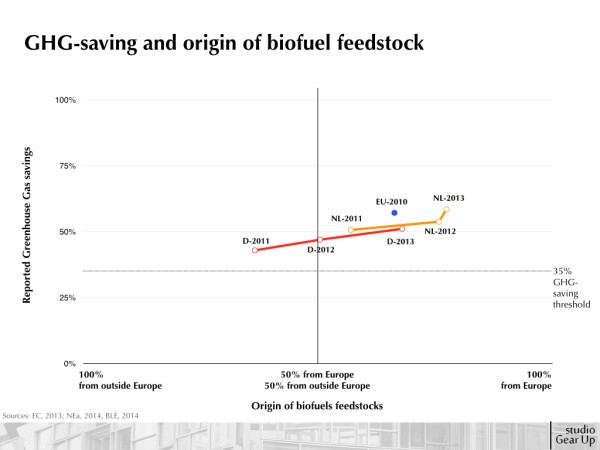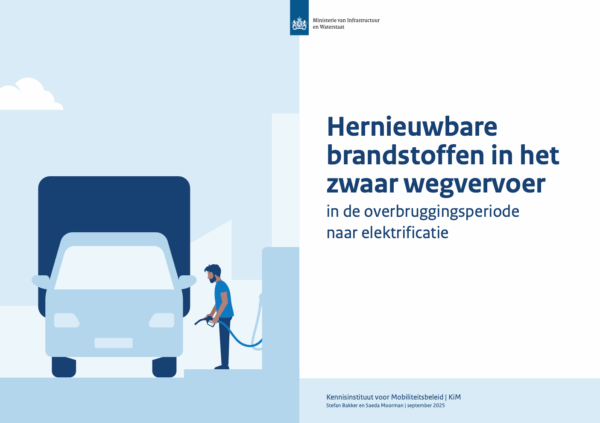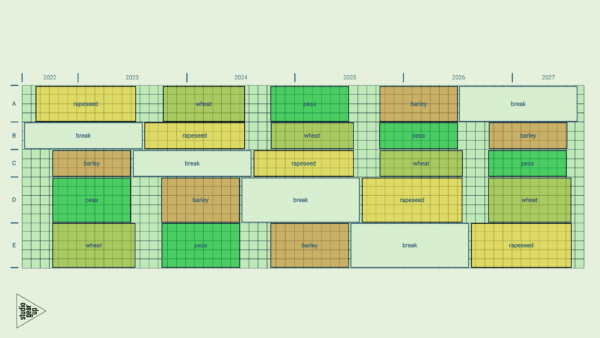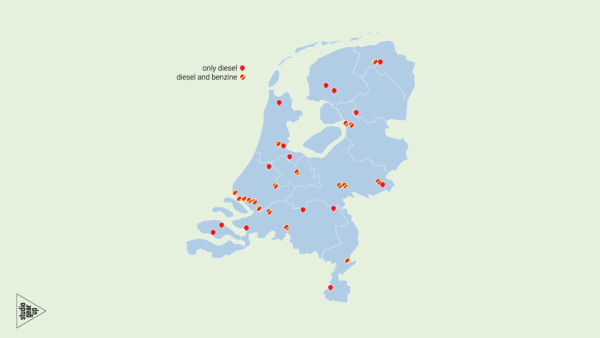Europe-based feedstocks for biofuels have gained dominancy in the last couple of years, official reporting in the Netherlands and Germany shows. Also the greenhouse gas (GHG) savings established by the use of biofuels in these two countries have increased.
Europe was, at the time, debating the pathways to a decarbonized, resource efficient and energy independent Europe. The numbers in this graph demonstrate how biofuel GHG-savings and feedstock origin are contributing to these objectives.
Plotting the 2010 performance of the entire EU* causes some confusion. Both the GHG-saving and feedstock origin 2010 figures for the EU are higher than one would expect from the Dutch and German performances over 2011 till 2013 . Are other countries achieving higher GHG-saving levels and significantly using more European feedstocks? A more detailed analysis of the performances of other member states will be needed to clarify.
*The EU performance are based on the in 2013 by the European Commission (EC) published Renewable Energy Report. The newest EC Renewable Energy Progress report is expected to be published soon. It will bring clarity on the 2012 performance and enable comparison to the performances as reported in the Netherlands and Germany.
The graph shows how in the Netherlands over 2011 till 2013 the GHG savings grew from 51% to 58% as compared to the fossil fuel reference. This is mainly caused by the high and (especially in 2013) increasing share of waste and residue based biofuels, which profit from a double counting regulation (for its energy content) to reach the RED-targets. If this trend continues in the next years, the Netherlands will soon even comply to the 2018-threshold of 60% for new, post-2017 biofuels production facilities. It is interesting to see that the increased GHG-saving goes hand in hand with an increased orientation on Europe-based feedstocks – in 2013 more than 75% of the feedstock origin from European countries.
Recently, Germany has changed its regulations for renewable energy in transport to establish a more direct GHG-reduction steering. From 2015 onwards, by blending sustainable biofuels, the overal carbon emissions of transport fuels should be at least 3,5% lower as compared to a reference full fossil fuel, gasoline and diesel base. It is generally anticipated that this equals an average of 56% GHG-reduction by the blended biofuels. The graph shows that Germany is on its way to achieve this, if the 2011-2013 trend continues. It will be interesting to see whether Germany will also ‘choose’ to establish this with more Europe-based feedstocks. For a country known for its well-established biofuel feedstock production sector (rapeseed) it is a surprise to see that in 2011 less than 50% of the feedstock used for biofuels in Germany originated from Europe. Will the numbers for 2012 and 2013 show a promising pro-Europe ‘Feedstock-Wende’?




